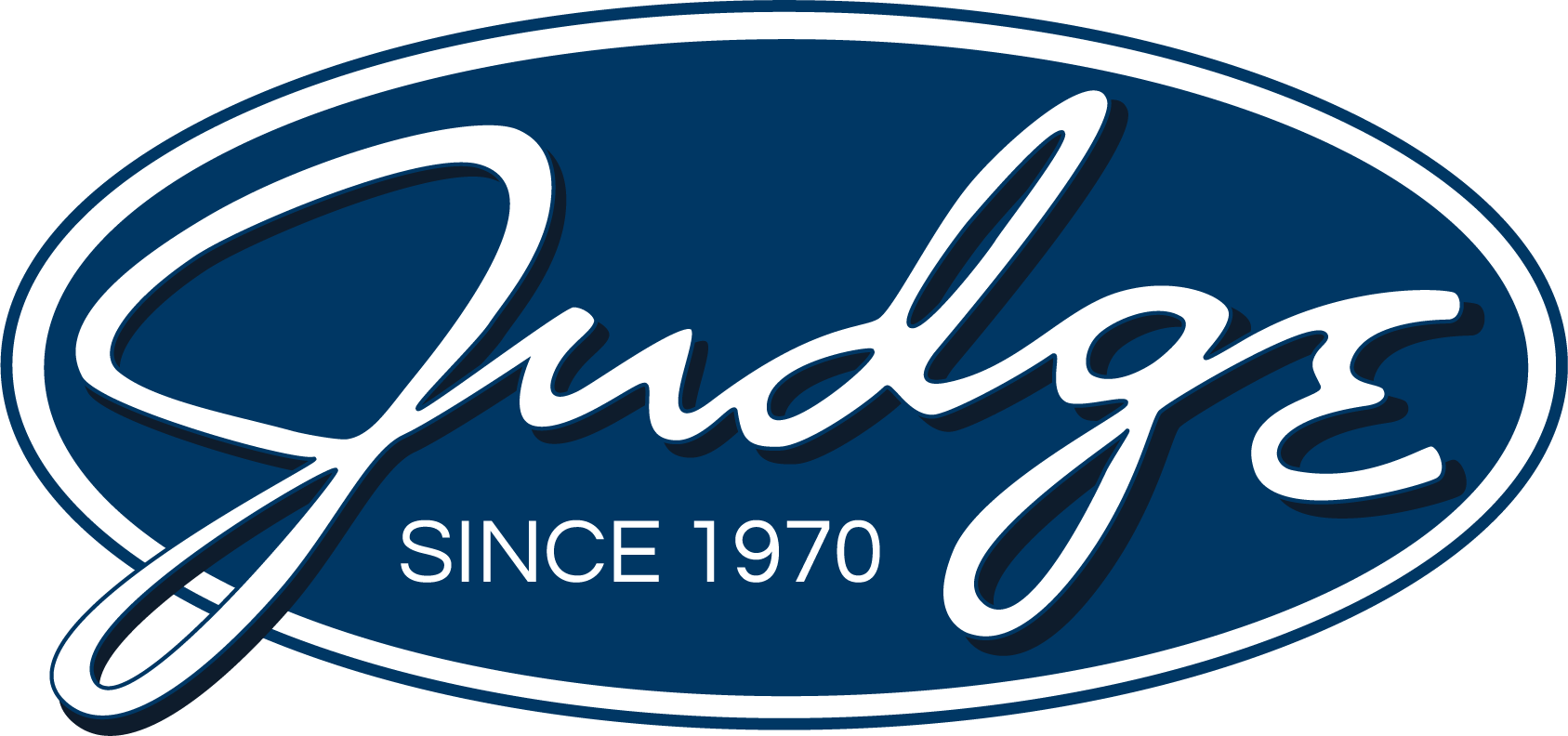Agile Talent Acquisition: The keys to success
While most organizations are steadfast for their constant quench for change, there are many that cannot keep up with the pace. In today’s constantly changing talent acquisition landscape, the adherence to the following steps cannot be overlooked. Why? Because recruitment is an agile process.
Agile Talent Acquisition
Agility is “how efficaciously an organization can react to changes in the marketplace, recognize and close skill (recruiting) gaps, and align the right people in the right places.” Companies should look for diversity in their approach and processes and not conformity. With the changes happening so fast in our surroundings, what differentiates you is your ability to adapt to these changes. An ability to keep up with the pace of the changing dynamics is key for recruiting.
Employer branding
Defining a clear employer brand and communicating that strategy both internally and externally will greatly improve an organization’s ability to identify and attract talent. A clearly defined brand not only complements the vision of the company but helps to attract the best candidates.
Recruiting managers want to close the gap between their interactive branding and the recruiting process that follows. They would like to fine tune their brand to deliver a more relevant message to a more targeted audience. They seek to improve candidate conversion through improved landing pages and follow-up communication programs that could preserve the relevancy that they established at the brand level.
If the system made it easier to engage respondents through brand recognition with ever more personalized communications then the candidates experience would improve and the yield would increase.
Strategic adoption of social media
We all are aware that social media has become an integral part of the companies and serve as a powerful recruitment tool and help to build talent communities for organizations, yet the majority of the organizations that are lingering behind have not adopted a strategic approach to social media. Social media will continue to profoundly impact how candidates are sourced, engaged, and hired.
Everything is shifting to this space, from how jobs are advertised to how candidates apply. There’s no doubt that social media use among recruiters will keep on increasing. Recognizing how integral social media channels currently are to your daily work is key to smoothing out the stiffness and embedding it in a way that causes less hassle and pays dividends.
While we do so we also need to make it clear that we are not being somehow unfaithful to the traditional methods of recruitment. Thus the adoption has to be strategic.
Mapping talent acquisition with performance management
The outcome of this integration would serve as a nodal point for the sourcing teams. Moreover, the performance of the Talent acquisition should improve not only its performance but also the overall business performance. Organizations must provide visibility around the status on the candidate’s performance to hiring managers as well as key stakeholders. This visibility will help organizations to define core competencies and the most critical job roles and overall performance.
Tools/Technology
Innovation is a buzz word in talent acquisition technology. Aligned with cloud technology, solutions such as video tools and talent communities are gaining steam. With an advent of new technologies and platform, best of breed recruitment solutions have evolved dramatically from basic solutions, used simply to process resumes and track applicants to systems that encompass the entire pre-hire life cycle including candidate acquisition, requisition management, job postings, search capabilities, interview management, communications, and reporting. Organizations should re-evaluate what is not working and periodically look for the best possible alternatives.
Data/Metrics driven function
All would be in vain if we did not know how to measure and analyze our work. The use of analytics can greatly improve workforce management strategy by uncovering and providing intelligence to leaders for improved business planning and collaboration. A metrics driven culture is a necessity for any organization to constantly improve on its bars for success.
For example, quality of hire cuts across the various functions and ensures that recruiters are more accountable for the performance of the hire once they are on board instead of simply handing them over to hiring managers. Hiring manager satisfaction indicates that new hires meet performance goals and are the right fit.




